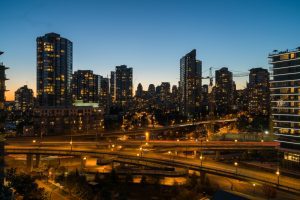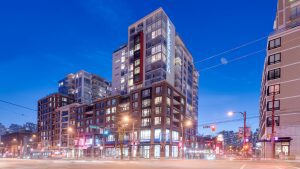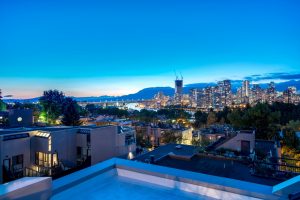Reading Strata Minutes and Form B
Hi everyone, thanks again for tuning in. In this blog we are going to talk about strata documents and form B. This means condos, town home developments, really anything over four units, we are going to call a strata. When you are looking to buy a home you do get a document package when you’re looking to buy a home. We have some tips and tricks for you, things to look for when you’re buying. It’s important to know what you are buying and what documents you need to read to really know what you are getting in to.

Strata Minutes
Tip number one, you’re going to get two years worth of minutes for the building. If you are purchasing a unit, the listing agent should provide you with these documents. Some buildings meet every month and will have monthly minutes, some meet once a year. It really depends on how they are structured. It also depends on the size of the development. In those two years you’re going to get Annual General Meetings, AGMs and Special General Meetings, SGMs. So AGMs, they happen once a year. That’s where you really find out what’s going on in the building. What happened this past year? What do we have to look forward to? How’s the roof looking? How are the windows? You know, depending on the age of your building, if you’re hitting the 20 year mark, they’re going to really want to focus on the AGM because it’s going to start to tell you what’s wrong with the building or things that they assume are coming up. SGMs happen when it’s a special general meeting, call it a surprise. Maybe they have to call this meeting because hey, all of a sudden guys, “the roof is leaking like crazy. We need a new one. We need to decide if we need to vote on this.”
AGM & SGM
So make sure you read right away the AGMs and the SGMs. After that you can start to dive back into the two years of minutes, whether they meet every month or not. That begins to give you a feel for the building. That’s sort of a first step for me.
Property Disclosure Statement
Next, I would recommend getting a document called the property disclosure statement, or PDS. It’s what the owner has to fill out and disclose to you. Unfortunately, they legally they don’t have to, they can cross it out if they’re an investor, they never lived in it etc. If it’s crossed out, it’s useless. If it’s filled in, give it a good look, see if there are any red flags in there. It could help you out a little bit.
Form B
Lastly we have the form B. This form creates a snapshot of the suite. Most of the documents we have gone over focus on the entire building, mainly the common property. Form B just focuses on your suite, what parking install is yours, what locker is yours? Etc. Form B confirms it. Is there any money owed to the strata from your unit and what’s the current CRF, contingency reserve fund. So the contingency reserve fund can show you how much money there is for the building, it’s the ‘rainy day fund’ so to speak. Look into those because you don’t want to buy a unit thinking your parking stall is in one area and you get the document and it says something else. You want to confirm which parking stall is yours to ensure your vehicle does in fact fit, things like that.
This is some information about strata documents to get you started. There is more information and more documents, and we will do our best to cover them in detail. Stay tuned, and as always feel free to email along any questions to leo@leowilkrealestate.com
For more information on real estate market in Vancouver, current trends, buying a home or selling a home, contact Leo Wilk – Your Top Vancouver Realtor.
— Don’t forget to follow Leo Wilk on Facebook | Twitter | Youtube | Instagram


